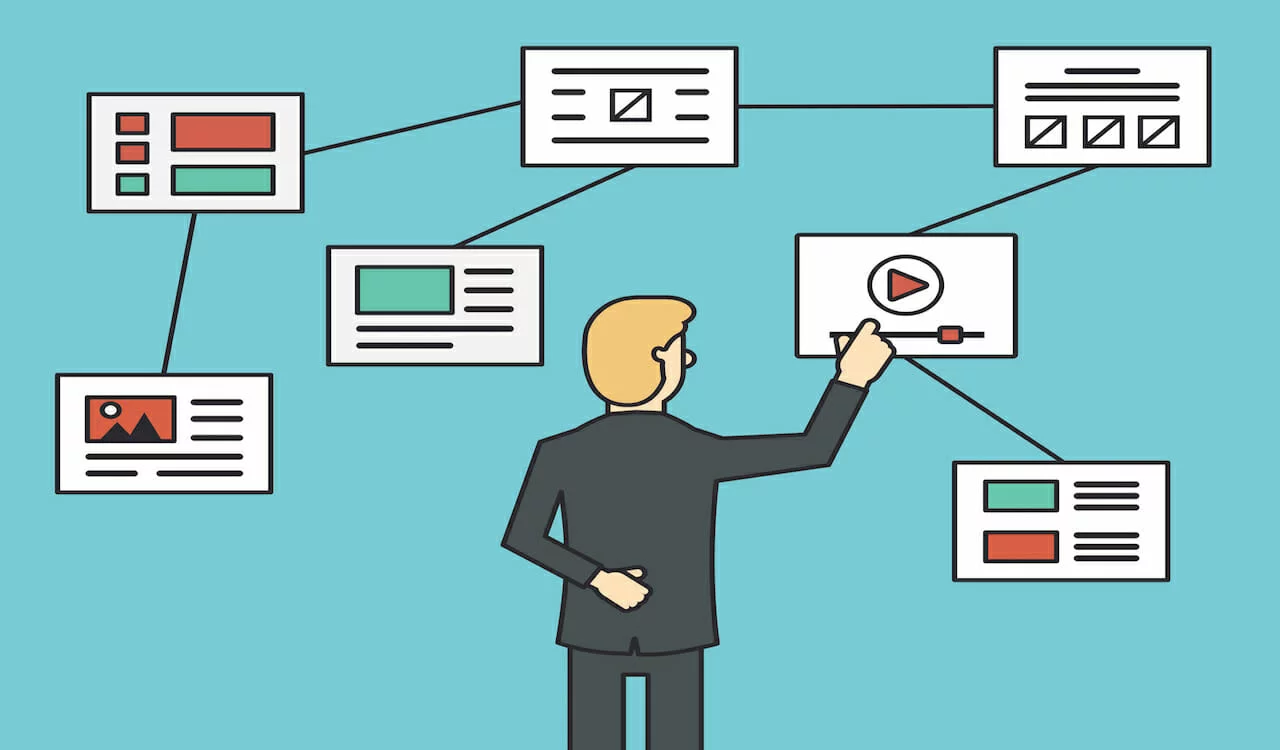
Structuring content for clarity and impact
Structuring content for clarity and impact is crucial in any form of written communication, particularly in business and professional settings. A well-structured message ensures that your audience can easily follow your thoughts and grasp the key points. Here are some guidelines on how to structure your content effectively:
1. Begin with a Clear Introduction
- Purpose: Start by clearly stating the purpose of your communication. What do you want the reader to know, understand, or do after reading your message?
- Context: Provide any necessary background information that sets the stage for your main points.
2. Organize the Body for Coherence
- Logical Flow: Arrange your points in a logical order. This could be chronological, order of importance, problem-solution format, or any other structure that suits your content.
- One Idea per Paragraph: Stick to one main idea per paragraph. This helps in maintaining clarity and makes the content easier to follow.
- Use Headings and Bullet Points: For longer communications, use headings, subheadings, and bullet points to break down the information. This enhances readability and allows readers to quickly find relevant information.
3. Emphasize Key Points
- Highlight Important Information: Use formatting tools like bold or italics to emphasize critical points, but use them sparingly to avoid clutter.
- Repetition for Emphasis: Strategically repeat crucial information to ensure it sticks with the reader.
4. Incorporate Visual Elements (if applicable)
- Charts, Graphs, and Images: Visual aids can help clarify complex information and make your message more engaging.
- Infographics: These are useful for summarizing data or processes in a visually appealing way.
5. Conclude Effectively
- Summarize Key Points: Briefly recap the main points to reinforce them.
- Call to Action: Clearly state any desired actions or next steps you expect from the reader.
- Closing Remarks: End on a note that reflects the tone of your overall message – whether it’s a formal sign-off, an expression of gratitude, or an invitation for further discussion.
6. Use Transition Words
- Smooth Transitions: Employ transition words and phrases to connect ideas smoothly and logically.
7. Edit and Proofread
- Clarity and Conciseness: Eliminate unnecessary words and jargon. Aim for clear and concise sentences.
- Grammar and Spelling: Check for grammatical errors and typos. These can detract from the impact and professionalism of your message.
8. Feedback
- Seek Feedback: If possible, have someone else review your content. They can provide insights on clarity and impact from a reader’s perspective.
By following these guidelines, you can structure your content in a way that is not only clear and easy to understand but also leaves a lasting impact on your audience. Whether you’re writing an email, a report, a proposal, or any other type of document, effective structuring is key to successful communication.
Closing statements and calls to action
Closing statements and calls to action (CTA) are crucial components of effective communication, especially in business and professional writing. They provide a clear end to your message and guide the reader on the next steps. Here’s how to craft effective closing statements and calls to action: